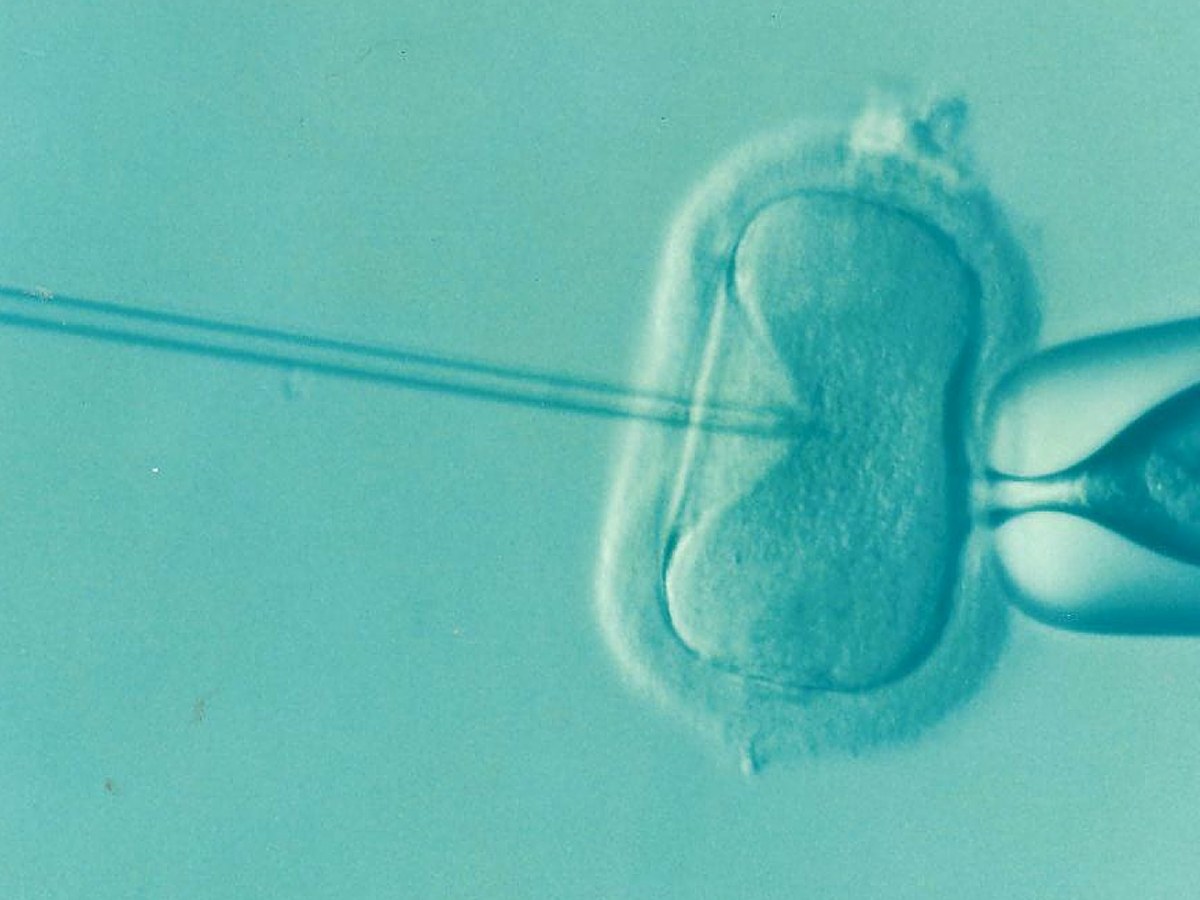
The revolutionary procedure involves shining gentle doses of light upon an embryo and capturing the scattered light that comes back.
A team led by the University of Adelaide has developed a new diagnostic tool that has the potential to improve IVF success rates for hopeful parents.
One of the greatest challenges for IVF clinics is identifying which embryos are suitable for transfer back into the patient's uterus. The current gold-standard involves taking a small number of cells from the embryo (a biopsy), then sequencing the DNA to confirm that the embryo has the predicted number of chromosomes. As well as being invasive, this procedure can be inaccurate.
"We have developed an innovative approach that overcomes the need for a cell biopsy and, instead, uses light to take a non-invasive 'molecular photo',"Dr Kylie Dunning, Hospital Research Foundation Fellow, Robinson Research Institute
Published in the leading journal Human Reproduction, the revolutionary procedure involves shining gentle doses of light upon an embryo and capturing the scattered light that comes back. This reveals the intricacies of its biochemistry, providing insight into the health of the embryo.
The study led by Dr Kylie Dunning, from the University of Adelaide's Robinson Research Institute, is able to detect whether an embryo has the expected number of chromosomes. The work is a collaboration with IVF clinic Fertility SA and colleagues at the University of New South Wales.
"We have developed an innovative approach that overcomes the need for a cell biopsy and, instead, uses light to take a non-invasive 'molecular photo'," Dr Dunning said.
Co-author Dr Ryan Rose, Fertility SA Director of Research and Innovation said, "the time to pregnancy can be reduced with this new non-invasive IVF procedure. With FertilitySA continuing to invest significantly into scientific research programs that target better patient outcomes."
Affecting 15% of Australians, the inability to conceive one's own child places a burden on the parental unit and society as a whole, and can lead to reduced productivity, financial hardship, relationship breakdown and mental illness.
In vitro fertilisation (IVF) is the leading method to address infertility, yet it still has a remarkably low success rate: Less than 1 in 5 initiated cycles deliver a live birth.
Primary author Tiffany Tan said "This discovery has the potential to improve IVF success, achieving parenthood for more patients in fewer IVF cycles."
This cutting-edge development would not have been possible without the support of the National Health and Medical Research Council, the Australian Research Council and the Hospital Research Foundation.






